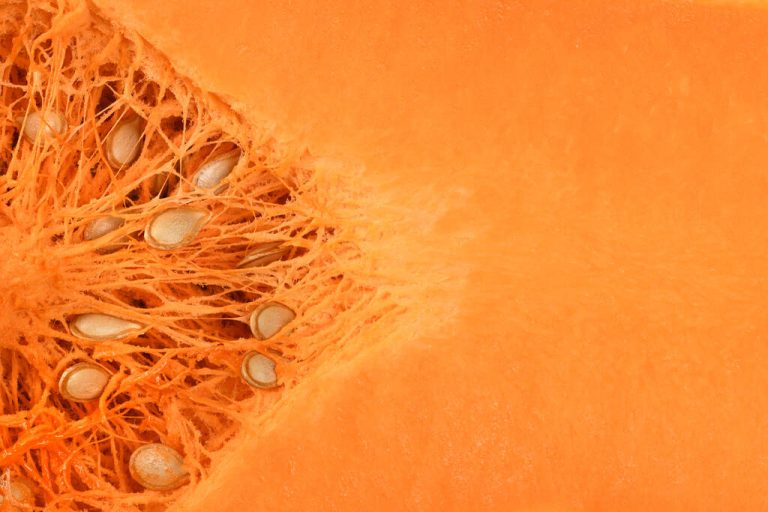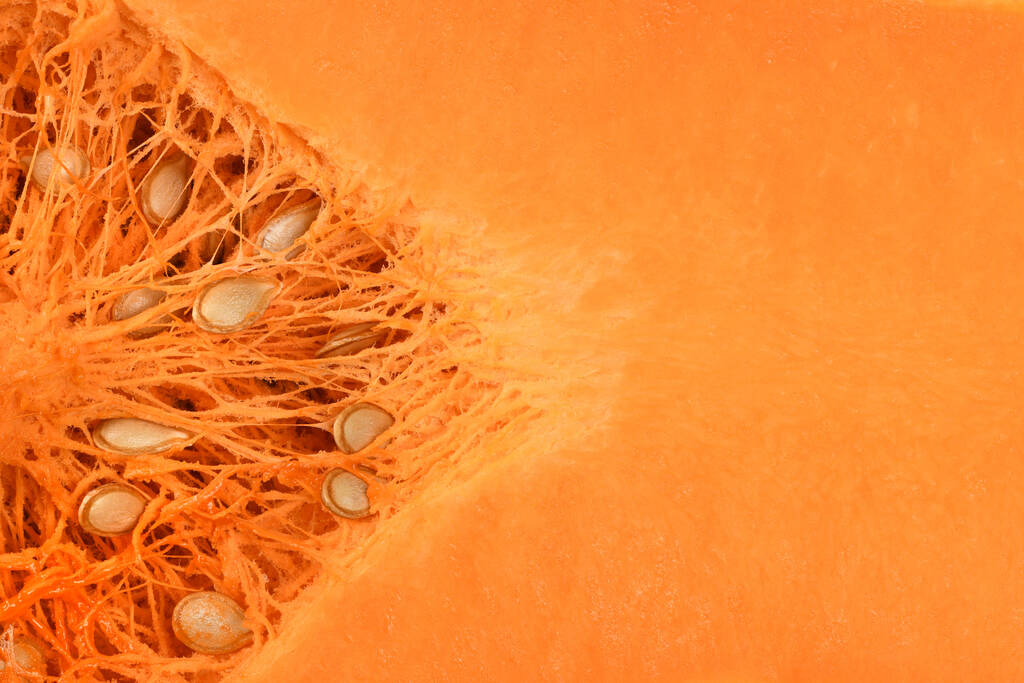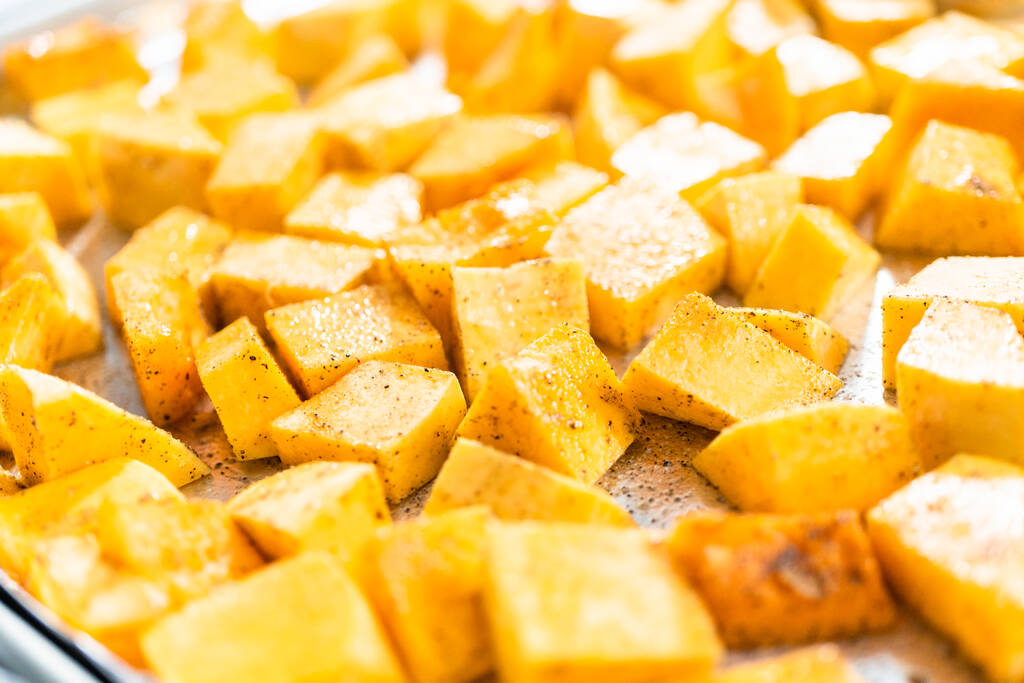Gingerbread or mulled wine would be unimaginable without nutmeg. But nutmeg goes well with many other dishes. Here we explain what you need to know about their ingredients and use.

Cultivation and origin of nutmeg
Strictly speaking, nutmeg is not a nut at all, but a seed from the nutmeg tree, which originally comes from Indonesia. The nutmeg that you find in stores in this country mostly comes from Africa or South America these days. Grenada is the main export country.
The five to eighteen meter high nutmeg tree is evergreen and very choosy: it does not like temperatures below 20 and above 30 degrees Celsius. It only bears the first fruits after eight years.
The seeds form from apricot-like fruits that burst open after about nine months, releasing the seed. The seed coat, called mace, is carefully removed and what remains is the core, which has to be dried for a few weeks until it separates from its shell.
Incidentally, nutmeg used to be a well-kept secret, which made the spice very expensive in the Middle Ages. The healing effects of nutmeg have long been appreciated.
Healing effects of nutmeg
Nutmeg is rich in iron, magnesium, phosphorus, zinc and sodium, as well as vitamin A, vitamin C and B complexes. Nutmeg also contains 16 percent essential oils. It is said to have the following healing effects:
Nutmeg is said to strengthen and strengthen the intestines, help with intestinal problems and stomach weakness and, due to special extracts, against flatulence.
Nutmeg is also said to help with gallbladder or liver weakness or cardiac insufficiency. But be careful, always consult a doctor first!
Nutmeg can have a calming and relaxing effect, for example in warm milk, so that it can also help with insomnia.
Early on, nutmeg was also considered a sexual enhancer and aphrodisiac.
Used on the skin – either in creams as nutmeg butter or as a powder stirred into warm water, nutmeg can also have an anti-inflammatory effect.
Nutmeg toxins
However, the first rule with nutmeg is: in moderation, not masses. Because nutmeg contains the toxic substance myristicin, which can have a hallucinogenic effect and can thus cause intoxication or even poisoning.
The intoxicating effect can start from around four grams of nutmeg. The condition can last up to 48 hours and comes with a number of unpleasant side effects:
Consumption can cause hallucinations.
Nutmeg in too large amounts can bring on stomach cramps, nausea, and vomiting.
It also causes heart palpitations and headaches.
The effects of a nutmeg intoxication are unpredictable and can lead to horrific trips through the combination of physical symptoms and hallucinations.
Nutmeg contains small amounts of the substance safrole, which is suspected of being carcinogenic. Myristicin also inhibits a certain type of enzyme called MAO enzymes, which are responsible for breaking down norepinephrine, dopamine and serotonin.
This inhibition makes “normal” foods toxic. These include tofu, aged cheese, smoked or dried meat or fish products, some types of wine, sauerkraut, products containing cocoa or caffeine, or alcohol.
Buying and Using Nutmeg
Nutmeg can be bought in various forms: as a whole fruit, which you can grate yourself with a nutmeg grater, as a ready-to-go powder or as nutmeg butter. However, nutmeg is also sold as an essential oil or in spice blends such as garam masala.
You should make sure to buy fair trade and organic spices. Whole nutmegs keep for three to four years with almost no loss of flavor and thus significantly longer than already grated nutmeg or nutmeg butter. With whole nutmegs you also avoid the risk of getting bad products: The humid climate in which the nutmeg tree grows promotes some molds that can circulate through illegal processing of infested fruit.
In the kitchen you can use nutmeg in many dishes:
Christmassy in gingerbread and mulled wine
sauces, in particular béchamel sauce
Mashed potatoes or similar potato dishes
Vegetables: For example spinach, cauliflower, carrots or kohlrabi
stews

Mazis: The “mace” from the seed coat
Less well known is mace: The spice is also incorrectly called mace, although mace is actually made from the seed coat of the nutmeg seeds. The aroma of mace is similar to that of nutmeg, only slightly milder.
However, mace loses its flavor much faster than nutmeg. Maze is sold either in powder form or in strips of flowers.
You can use mace in just as many ways as nutmeg: in a quiche, in a risotto, with potatoes or spinach or in pastries.








